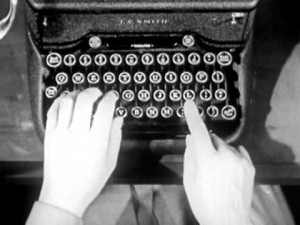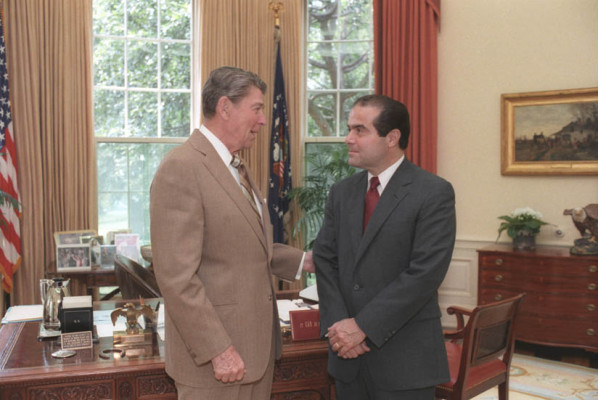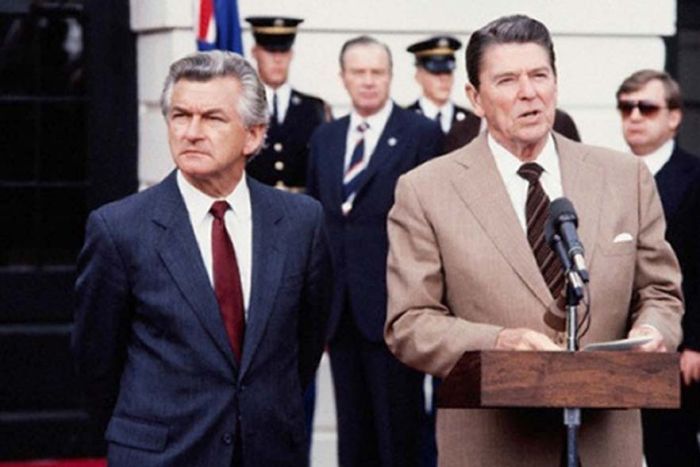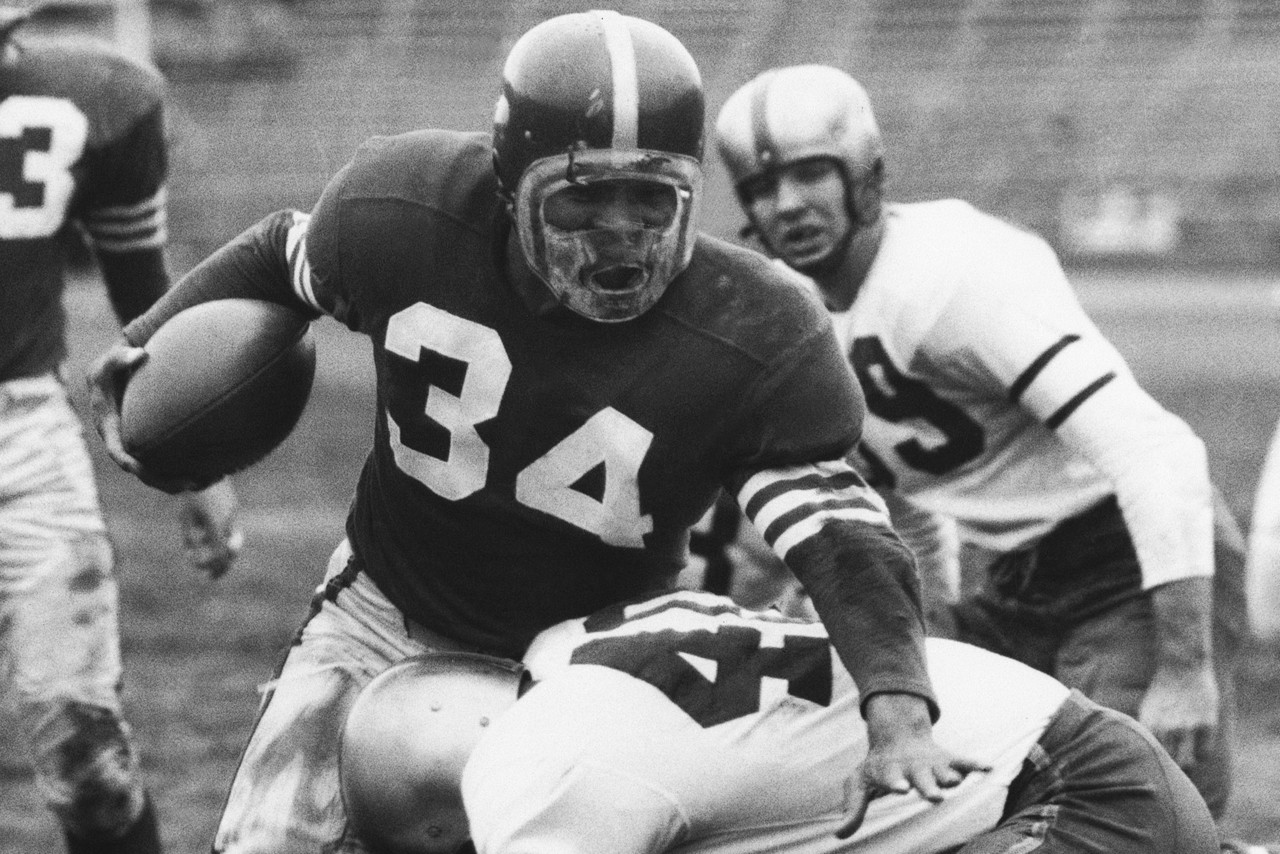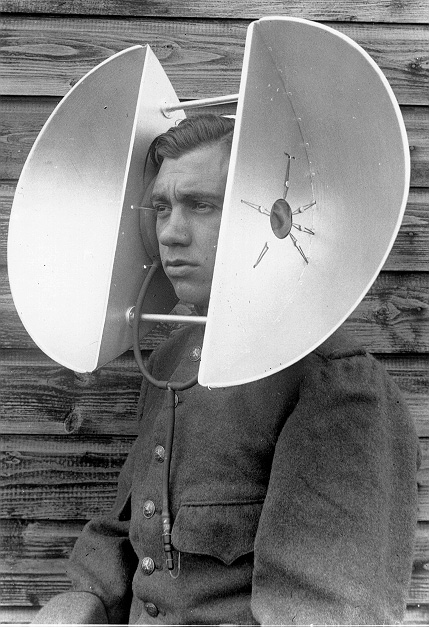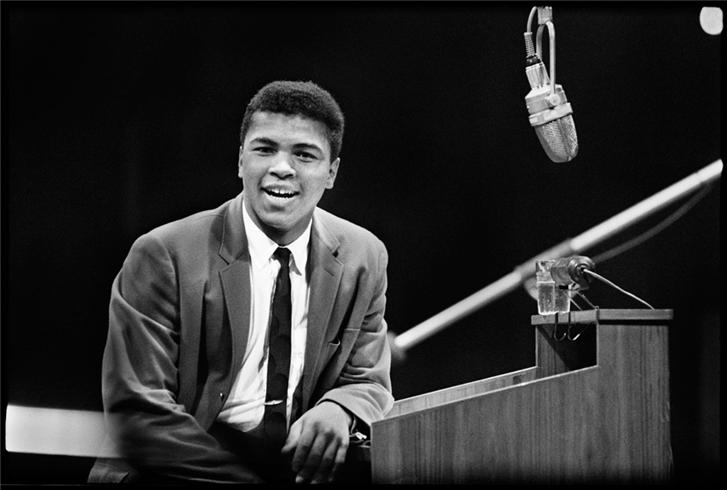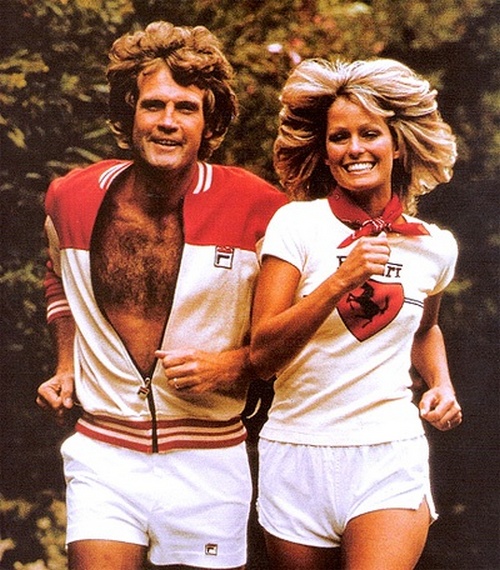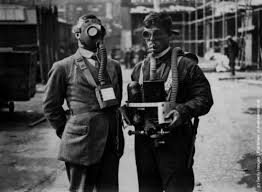- The Lipstick Shade That Will Get You Excited For Fall
- This Bride Drunkenly Ordering Taco Bell Is Our New Idol
- Porn Stars Let Fans Squeeze Breasts For Charity
- Inmate Overdosed On Methadone-Soaked Underwear: Officials
- Cops Say Couple High On Meth Posed For Selfies With Dead Friend
- Teacher Disciplined For Tweeting She Wanted To Stab Students
- Man Has Kept All His Nail Clippings In A Jar — Since ’78!
- Rapper Takes The Ice Bucket Challenge… With Marijuana
- This Is What It’s Like To Be A Pizza
- Badass Lady Taxidermist Stuffs Her Animals And Eats Them
10 recent search-engine keyphrases bringing traffic to Afflictor this week:
- where is the former mtv veejay kennedy now?
- john c lilly talking to dolphins with apple computers
- what did charles bukowski think about democracy?
- rudolph valentino’s funeral service
- douglas rushkoff on the nature of time in the digital age
- famous mazie from the bowery nyc
- kevin kelly comparing behavior in insects and humans
- william shocley’s controversial theories on IQ
- marvin minsky writing about telepresence
- old newspaper stories about calamity jane

This week, Republicans became enraged when President Obama dared to wear tan skin to a press briefing. I mean, it couldn’t have been the suit, right?
- Old Print Articles: Midwest man missing ear tries to purchase a replacement (1924) + The Televox robot could automate your home (1927) + College football star joins religious cult (1938).
- Recently Posted on NYC’s Craigslist: There’s nothing I wouldn’t do for some new spark plugs + It’s completely “legal” + We will all get tased + You thought your kid was an asshole?
- Economic mobility in the U.S. was never a constant.
- The Guardian is expanding its American operations.
- Russia is at war with Crimea–and McDonald’s.
- Automation will destroy jobs and–perhaps–the middle class.
- Death is now just another part of the stream of information.
- Nick Bostrom thinks humans can survive anything apart from our creations.
- There are several scenarios in which superintelligence dooms us.
- Silicon Valley bio-hackers want to extend life indefinitely.
- The Islamic State is far more extreme than Al-Qaeda.
- Technologists are creating Frankenfoods, which is likely a good thing.
- The political dynamics in the Middle East are shifting in surprising ways.
- There are still obstacles in the way of truly autonomous vehicles.
- Writer/Director Tom Schiller recalls his history at Saturday Night Live.
- Disney wants to use drones to create aerial shows.
- Philip K. Dick admired the fakery of Disneyland.
- Mars One is a wacky way to colonize space.
- Craig Venter sees commercialization of science as a necessity.
- Google, like Amazon, is developing delivery drones.
- College football players are prone to degenerative brain conditions.
- Predictive diagnoses is gaining popularity in sports.
- David Lynch knows mid-sized movies are not having a moment.
- Restaurant pricing makes little sense to economists.
- Like it or not, most of us will be quantified in the near future.
- Fitness monitors are still a tough sell.
- Tube Transportation Networks are still a dream of the future.
- Witnessing 278 executions exacted a toll on Michelle Lyons.
- Even great athletes smuggled out of Cuba are treated like hostages.
- Artificial Intelligence is gradually worming its way into our lives.
- Robot birds are programmed to frighten real birds.
- Freak shows were a part of American life long before Barnum.
- Tesla and GM are in a great race to create an affordable EV.
- A brief note from 1909 about two departures.
- A brief note from 1916 about frog removal.
- A brief note from 1910 about a hungry man.
- A brief note from 1909 about an imprisoned pig.
- This week’s Afflictor keyphrase searches.
In “Why Don’t Restaurants Charge for Reservations?” Alex Mayyasi’s really interesting Priceonomics post about the mysterious policies of dining establishments, we learn why some dishes are “loss leaders” and why meals cost the same whether they’re served at peak or off-peak hours. An excerpt about start-ups trying to disrupt the reservation system, which is usually based on social rather than monetary capital:
“One reason entrepreneurs keep trying to sell reservations is that restaurant pricing seems so outdated. Airlines charge significantly more for tickets on weekends and charge much less for flights that depart at 5am, yet all dinner reservations are the same price (free) and with the exception of a few special holiday menus, prices are the same on Tuesday at 6pm as Saturday at 8pm.
At the very high end of the restaurant business, that may be changing. Nick Kokonas is the co-owner of three expensive, celebrated restaurants in Chicago. He now charges for reservations using a system he developed — one that restaurateurs may actually like.
When customers reserve a table at one of Kokonas’s restaurants, they pay for their entire dinner. The restaurants have a fixed price tasting menu (although at a more casual restaurant that does not, customers’ reservation charge is a credit toward their bill), so a reservation is actually a pre-paid ticket for a meal at a set time.
They system can benefit everyone. It overcomes owners’ and managers’ primary objection to charging for reservations, as diners pay for their meal rather than for a table. It also eliminates the need for reservation staff and prevents no-shows.”
Tags: Alex Mayyasi, Nick Kokonas
Russia’s field war with Ukraine and financial one with the West has led to a symbolic skirmish between Vladimir Putin and American-born fast-food franchises. This counter-glasnost at the McDonald’s counter will make the country a little healthier in one sense and much unhealthier in another. It’s a move stuck in the twentieth century, as is much of Putin’s leadership. From Masha Gessen at the New York Times:
“Last week, the Russian consumer authority announced that it would shut down several McDonald’s restaurants in Moscow, including that famous flagship. The authority cited health-code violations, but it has long been known to wield its power almost exclusively to political ends: It banned wine imports from Georgia when relations with Russia soured, and dairy products from Belarus when the normally pliant neighbor edged westward. Since those first McDonald’s closures in Moscow, the authorities have shut down the chain’s restaurants in several other Russian cities. The other 420-plus McDonald’s outlets in Russia may not be around much longer.
But with this, McDonald’s has reclaimed its symbolic role in Russia. A quarter century ago, the opening of its first branch in Moscow symbolized that Russia was taking down barriers between itself and the Western world. It also symbolized the end of four decades of enmity between the U.S.S.R. and the U.S.A. (no matter if the company that initially ran the Moscow restaurant was based in Canada rather than the United States). The same process is now occurring in reverse.
The Russian government is shutting down a symbol, not a business. Back in 1999, as soon as NATO planes started bombing Serbia, protesters stormed the McDonald’s in the center of Belgrade, breaking windows and looting the restaurant. The Russian state is following roughly the same logic today: Regardless of who owns it, McDonald’s serves as a symbol of America and the West, against which President Vladimir Putin has declared war.”
Tags: Masha Gessen, Vladimir Putin
No real surprise that Amazon isn’t alone in its attempt to perfect delivery drones. In publicizing Project Wing, Google acknowledged its foray into this yet-to-exist market. From Michael Liedike at the Associated Press:
“Drones clearly could help Google expand an existing service that delivers goods purchased online on the day that they were ordered. Google so far is offering the same-day delivery service by automobiles in parts of the San Francisco Bay Area, Los Angeles and New York.
‘Self-flying vehicles could open up entirely new approaches to moving goods, including options that are cheaper, faster, less wasteful and more environmentally sensitive than what’s possible today,’ Google said in a pamphlet outlining Project Wing.
Google, though, seems to see its drones as something more than another step in e-commerce delivery. The aerial vehicles also could make it easier for people to share certain items, such as a power drill, that they may only need periodically and carry emergency supplies to areas damaged by earthquakes, hurricanes and other natural catastrophes, according to Google’s Project Wing pamphlet.”
Tags: Michael Liedike
From the December 1, 1909 Brooklyn Daily Eagle:
“The policemen of Stapleton, Staten Island, station rejoiced when a pig, taken as evidence in a raid and placed in a cell, was returned to its owner, Alex Aleski, who has a saloon and hotel on McKeon Street. It was said a score of men were gambling for the pig. The animal’s squeals had kept the policemen from getting their usual rest.
Tags: Alex Aleski
Speaking of Disneyland, it is kind of perfect that Philip K. Dick spent the last leg of his life in Orange County in close proximity to the surreal theme park. From Scott Timberg’s 2010 Los Angeles Times article about the scanner in suburbia:
While in Orange County, Dick often fell back on the reflexes of Bay Area types who move to Southern California. He joked often about the artificiality of it all, the local slang. “He kept comparing Southern California to Disneyland,” remembered wife Tessa Dick, “and said it was plastic, wasn’t real. He was used to real cities like Berkeley and San Francisco and Vancouver.”
To a writer whose primary subject was the slippage between the real and constructed, the place surely also fascinated him as well. ‘He loves fakes and simulacra as much as he fears them,’ novelist Jonathan Lethem wrote in the introduction to Dick’s selected stories. He calls Dick very much a man of the 1950s, holding “a perfectly typical 1950s obsession with the images, the consumer, the bureaucrat, and with the plight of small men struggling under the imperatives of capitalism.” …
Of course, being far from any urban center or major attraction suited Dick just fine during this last decade. ‘He was home 24/7,’ Tessa said. “He didn’t go out very much.” Besides Big John’s, his favorite pizza place, the nearest spot of interest was the Cal State Fullerton campus, where the author’s papers were held. (Some of them have recently been relocated, perhaps temporarily, to San Francisco.) Today the area is dominated by low-slung, pale stucco buildings and fast food chains, and back then it wasn’t much different.
The couple wasn’t lonely, though. “People came to us,” Tessa recalled. “Nearly every day we had visitors. One night for dinner we had two men from France, one from Germany, and one woman from Sweden. One of them was writing a PhD thesis on Phil.” Dick flirted with the Swede, saying, “You are a pretty lady” in rough German.
During his last few years, when he became financially stable for one of the rare times in his life, his daughters visited him at the Santa Ana apartment he moved to after the implosion of his marriage. Dick’s oldest child, daughter Laura, born in 1960, recalls his place full of Bibles, encyclopedias – Dick was a ferocious autodidact – and recordings of Wagner operas.
Phil’s second daughter Isolde, now 42, visited enough during this period to get to know her father for the first time. She recalls him as working hard to be a good father and struggling to overcome his limitations, both with and without success.
During one visit, he got Isa excited about a trip to Disneyland, then open past midnight. He said, “We’re gonna go and stay ’til it closes!” But in my mind we were there for only 20 or 30 minutes before he said, ‘Honey, my back’s really hurting.’ I think he was just overwhelmed by all the crowds. I knew him, and knew he was uncomfortable moving outside his comfort zone.”
He spent more of his time walking from the apartment to a nearby Trader Joe’s to get sandwiches, a park where he and Isa tried awkwardly to play kickball, and an Episcopalian church where he had running theological discussions with the clergy.•
Tags: Philip K. Dick, Scott Timberg
Disney theme parks have always been as tightly controlled as police states, replete with the latest surveillance technology and swarms of undercover security. You aren’t even allowed to die there. But the company says, in some new patents, that it aims to use the reconnaissance machinery of the moment–drones–merely to create light shows and the like. From Dara Kerr at Cnet:
“What could be more magical than Disney fireworks, light shows and multifarious water fountains? These things plus high-tech entertainment with drones.
Walt Disney Co. has filed three patent applications that could let it provide complex aerial entertainment shows with the support of drones. The applications involve floating projection screens, marionettes supported by drones, and a synchronized aerial light display with ‘floating pixels.’
‘In the entertainment industry, there are many applications where it is desirable to provide an aerial display,’ Disney wrote in the patent applications. ‘For example, an amusement park may have a lagoon or other open space over which it is desired to present a display to entertain visitors. In another example, massively large aerial displays may be presented at sport stadiums or other venues to celebrate holidays such as New Year’s Day.’
Disney wrote that without the use of drones, aerial shows are challenging.”
Tags: Dara Kerr
Saturday Night Live alumnus Tom Schiller, who specialized in short films during his two stints on the venerable show, is an odd and fascinating guy. He made one of my favorite movies ever, the 35-minute “Henry Miller Asleep & Awake,” which may be the best profile of a writer in any format ever. I also had the odd joy of waiting on him two or three times when I was younger and working in service jobs. During each encounter, Schiller affected an extremely phony Russian accent, acting the part of a caricature of a recent immigrant. It was like he wanted me to know how fake the situation was because I was in a position where I had to be polite and play along. And so I did.
As part of Grantland’s coverage of SNL’s 40th anniversary, Alex Pappademas has an excellent interview with Schiller, in which he sifts through his own late-night career and weighs in on Lonely Island. The opening:
“Question:
How did you first meet Lorne Michaels?
Tom Schiller”
When I was about 17, I was already working for a documentary filmmaker in the Pacific Palisades and working on documentary films. I made my own film on Henry Miller. My father was a writer on I Love Lucy. I grew up on the set of I Love Lucy. I was actually there for the grape-stomping sequence when I was 6. And one day my father said, ‘You’ve got to meet this guy — he’s this Canadian writer, but he knows all the great restaurants in L.A.’ I thought, I don’t really care about the great restaurants in L.A., but OK. So Lorne came over to the house, and he seemed like a nice enough guy. The surprising thing was, he lit a joint in my room, which I would never do in my father’s house. I thought, Hmm — interesting, and I started hanging out with him at the Chateau Marmont, which had a lot of colorful regulars, some of whom would become the nucleus of Saturday Night Live.
Lorne kept talking about this late-night show, this comedy show he wanted to do. Like 24/7 he would talk about it, to the point of boredom. He kept asking me if I’d like to come work on it, and I was conflicted, because my then-pal Henry Miller said, ‘Don’t go work on TV, it’ll kill your soul.’ But Lorne kept painting this picture of New York, and being a writer, and working on a late-night show, and it sounded kind of interesting. Since I wanted to be a foreign-film director, L.A. didn’t seem like the place to be, and I finally succumbed and took his invitation. In the summer of 1975, I was in a little office at 30 Rockefeller Plaza with Lorne. I was sitting there with him as he started hiring all the writers and cast.
Question:
You were there for the big bang!
Tom Schiller:
Yeah. We used to go to Catch a Rising Star and the Improv to watch performers. I remember seeing Chevy Chase and Richard Belzer. There were auditions, and John Belushi came and auditioned as the Samurai, which led me later to write ‘Samurai Hotel’ for him.”
___________________________
“A place where I knew only starvation, humiliation, despair, frustration”:
Tags: Alex Pappademas, Henry Miller, Tom Schiller
Sports teams want to use high-tech tools to quantify everything about their players, being able to monitor when an injury is likely to occur and alter training patterns and to know in advance which athletes are particularly prone to injury. It’s predictive diagnoses, more or less. Of course, players’ unions may not favor such information being shared since it could compromise an individual’s earning ability, but it’s likely to become widespread eventually in some sort of grand bargain. From Brian Kamenetzky at Fast Company:
“In sports, injuries don’t just cost wins. They cost money. By one estimate, teams across Major League Baseball spent $665 million last year on the salaries of banged-up guys and their replacements. NBA teams lost $358 million last season; $44 million alone by the injury-ridden Los Angeles Lakers. And in the NFL, where the average salary is about $2 million, starters missed a record 1,600 games in 2013.
Until recently, this was largely seen as the cost of doing business, subject as much to the will of the sports-injury gods as advancements in training. Now, the fast-growing industry of performance analytics says it can minimize those massive losses. The trick: using data to anticipate how an athlete will get hurt before it actually happens.
‘We really think [injuries] are the largest market inefficiency in pro sports,’ says Adam Hewitt, assistant GM of Peak Performance Project (P3) in Santa Barbara, CA, one of the country’s leading centers of sports science and performance analytics.
What was once the domain of a relatively small group is now hitting the mainstream, increasingly embraced by teams across American pro sports and even the leagues themselves–including the San Antonio Spurs, Oklahoma City Thunder, Seattle Sounders, Pittsburgh Pirates, New England Patriots, and Philadelphia Eagles, and more. There are a variety of companies and technologies in play, all utilizing the principle of turning everything measurable (from movement to body chemistry) into data, analyzed for distressing patterns.”
Tags: Adam Hewitt, Brian Kamenetzky
A Midwest man of marriageable age who was minus an ear made a monetary offer to purchase one to be transplanted onto the side of his head, improving his chances of wooing a wife, as reported in a grisly article in the July 19, 1924 Brooklyn Daily Eagle:
“A Chicago surgeon has a patient who lost one of his ears as a result of an accident. Now the patient desires to marry and would have the missing member replaced by the real ear of another or something resembling an ear.
In his oration over the dead body of Caesar, Marc Antony exclaimed: ‘Friends, Romans, countrymen, lend me your ears.’ Even in this compressed simile he did not ask for the gift or sale of an ear, but merely for its loan.
But the Chicago surgeon does not indulge in metaphor when he attempts to gratify the desire of his patient, nor does he call for a loan. In his advertisement he calls for a real flesh and blood ear and offers therefore a monetary consideration.
We are advised that the advertisement has brought responses from many sources, women being included on the list of applicants. The motives actuating those who have expressed a willingness to sell an ear are interesting. Doubtless each applicant realizes that loss of an ear would cause disfigurement and that amputation would not only be painful but probably dangerous.
Some of those who meet the conditions imposed are willing to make the sacrifice in order to secure money for treatment of their children suffering from tuberculosis.”
It seemed unlikely that a filmmaker as daring as David Lynch would ever find himself at the center of popular culture, but there he was. Not so today. Movies now are tiny or tentpole, and that sweet spot in the middle that gave us Blue Velvet is all but gone. An exchange about the new math from Marlow Stern’s Daily Beast interview with the director:
“Question:
Speaking of the ‘tough sell’ aspect, what’s your take on the state of Hollywood? The sweet spot for independent films, the $4 million to $20 million area where most of your films lie, seems to be disappearing, and now there are just microbudgeted flicks and tentpoles.
David Lynch:
Exactly. And it’s harder to get the big screens. It’s a strange time. There’s not a whole lot that any of us can do about it. You’ve seen waves of things go up and down, but maybe the arthouse will be back in vogue, and they’ll reappear all over the place again. I don’t know. It would be beautiful. Cable television is the new arthouse, so it’s there, but it’s not the big screen. If people have a big screen at home, great sound, and they turn the lights down and turn their phones off, they can get into the world and have an experience. But most people don’t watch films that way anymore.”
Tags: David Lynch, Marlow Stern
An excerpt from Alison Beard’s Harvard Business Review interview with biologist Craig Venter, who wants to engineer designer bugs to cure all our ills:
“Question:
Genomics was supposed to revolutionize the drug and health care industries, and you said it’s just beginning to do that. What industries do you expect to revolutionize with synthetic biology?
Craig Venter:
At Synthetic Genomics, we’re chemically writing the DNA for entire chromosomes to design cells, and it’s hard to envision a field that won’t be impacted in some way. We just announced a deal to produce large amounts of omega-3s from algae cells to create a healthy supplement. We’re trying to design cells that produce the chemical that is the basis of plastic bottles; it currently comes only from oil. We’re designing new vaccines: The U.S. government now has stockpiles of the first synthetic vaccine against H7N9 that we made with Novartis, so we’re ahead of a potential pandemic strain. Synthetic biology is going to affect medicine, chemicals, food.
Question:
People associate you with ‘commercializing’ science.
Craig Venter:
You know, before World War II, it was primarily private industry and philanthropy that funded science. Afterward, we went into this golden age of massive funding from the U.S. government, but now, percentage-wise, we’re in a dismal period of funding, and policies are limiting creativity. So business is the way to drive science forward, and people are finding there’s no difference in the goals or outcomes, because for science to impact society, it has to be economically viable: The medicines have to work and be widely available. Private investment is a way for breakthroughs to keep happening when the government is letting us down.”
Tags: Alison Beard, Craig Venter
Helping Individuals Make Positive And Legal Funds At Overnight “Gig”
Interested about making extra funds from my “Gig”? It’s only an 8 hour process and you can do it every week as desired. If you seriously interested just text my phone with your name and your desired amount. I will help you just like how I help my other clients. THANK YOU. MY NAME IS “Ty Davis.”
I will tell you the secret to getting rich on Wall Street. You try to be greedy when others are fearful. And you try to be fearful when others are greedy. Opportunity is missed by most people because it is dressed in overalls and looks like work.
Stephen Hawking thinks we shouldn’t attempt contact with extraterrestrials because if they’re smarter than humans, they’ll likely view us the way we do simians in a zoo cage. But we may very well be manufacturing those “ETs” in our labs and garages. A little more about the potential threat of superintelligence, this time from Stuart Armstrong of the Conversation:
“There are clear reasons to suspect that a true AI would be both smart and powerful. When computers gain the ability to perform tasks at the human level, they tend to very quickly become much better than us. No-one today would think it sensible to pit the best human mind against even a cheap pocket calculator in a contest of long division and human-versus-computer chess matches ceased to be interesting a decade ago. Computers bring relentless focus, patience, processing speed and memory.
If an AI existed as pure software, it could copy itself many times, training each copy at accelerated computer speed, and network those copies together to create a kind of AI super committee. It would be like having Thomas Edison, Bill Clinton, Plato, Einstein, Caesar, Stephen Spielberg, Steve Jobs, Buddha, Napoleon or other humans superlative in their respective skill-set sitting on a higher human council. The AI could continue copying itself without limit, creating millions or billions of copies, if it needed large numbers of brains to brute-force a solution to any particular problem.
Our society is set up to magnify the potential of such an entity, providing many routes to great power. If it could predict the stock market efficiently, it could accumulate vast wealth. If it was efficient at advice and social manipulation, it could create a personal assistant for every human being, manipulating the planet one human at a time. It could replace almost every worker in the service sector. If it was efficient at running economies, it could offer its services doing so, gradually making us completely dependent on it. If it was skilled at hacking, it could take over most of the world’s computers. The paths from AI intelligence to great AI power are many and varied, and it isn’t hard to imagine new ones.”
Tags: Stuart Armstrong
I check the U.S. version of the Guardian site several times a day, something I can say about few other three-year-old publications–or ones of any vintage. It’s smart and brisk and the Edward Snowden story placed it at the center of global media landscape, even if the scoop didn’t actually produce revenue, something that was pointed out by Michael Wolff, when he briefly took a break from his busy schedule of farting into the open mouths of sleeping babies. Although the publication can rely on its considerable trust for the next several years, it will eventually have to divine a way to turn quality journalism into profit. It has plenty of company in trying to piece together that puzzle.
Joe Pompeo, the excellent media reporter for Capital New York, has an interview with Guardian veteran Katherine Viner, who’s taking over the expanding American operation. An excerpt:
“Where does Guardian U.S. go from here? ‘Onwards and upwards and much bigger,’ Viner told me in her first interview of the new gig. It’s a tall order, and one that will place her under the microscope of skeptics questioning whether a big play for U.S. scale is worth the costs associated with such an effort—never mind that The Guardian has the luxury of being owned by a trust created expressly to ensure its survival while preserving editorial independence. (Look no further than Guardian Media Group’s whopping $1 billion sale this past January of its stake in Trader Media Group.)
In a June feature for British GQ, media critic Michael Wolff made a case that The Guardian’s sustained investment in the Snowden story for much of 2013 and 2014 stilted the New York newsroom’s broader mission without a real business benefit. ‘The success of the Snowden story, at the expense of the New York operation, has many people in the Guardian U.S. constellation … wondering about the future of New York,’ wrote Wolff, whose account was published a few months after his column for Guardian U.S. came to an end.
Viner offered a different take on the current moment and what The Guardian’s Snowden coverage has achieved in the U.S. ‘It means the site’s got this massive profile now,’ said the optimistic editor, ‘and I can build on that success, expand our coverage into lots of areas and deepen our relationships with American readers.’
She wouldn’t get into the nuts and bolts, telling me she didn’t want to publicize them in an article before having discussions with staff. She did however say that Guardian U.S. is ‘in a period of ambitious growth, and we are working on a number of serious plans.’Guardian editor-in-chief Alan Rusbridger was ever so slightly more specific when I pressed him for details. Speaking by phone one night while on vacation in Tuscany, fireworks whizzing overhead, the 60-year-old said there are two U.S. expansion plans that Viner will be working on pending final board approval in mid-November. ‘It will get bigger,’ he said. ‘We’re just not ready to say in what ways.'”
Tags: Alan Rusbridger, Joe Pompeo, Katherine Viner, Michael Wolff
From the August 23, 1910 Brooklyn Daily Eagle:
“Cairo, Ill.–Before Frank W. Wilson, an advertising solicitor of St. Louis, died here in a hospital yesterday, he told physicians he had swallowed several articles of a foreign nature, and that they had better put the X-ray at work. He was operated upon Sunday night on the theory that he was afflicted with appendicitis.
Three incisions were made in the man’s stomach and according to the physician, the following articles were removed: One shoe button hook, a woman’s hatpin, three keys, one lead pencil, one belt buckle, one tin toy pistol, three nails (small), one needle and one thermometer.
Wilson, according to his physician, had been in a depressed mental state for some time, during which he swallowed anything that he could get down his throat.”
Tags: Frank W. Wilson
Muhammad Ali in 1972, after losing the “Fight of the Century” to Joe Frazier, on an Irish chat show hosted by Cathal O’Shannon. In Dublin to fight Alvin “Blue” Lewis, Ali was his usual mix of joking braggadocio and serious politics.
Tags: Cathal O'Shannon, Muhammad Ali
Before the robot birds carry away you and your children, they will first be used to scare actual birds from airports and landfills. From Kyle Vanhemert at Wired UK:
“Birds are nice enough, unless you work at places like airports, farms, and landfills, in which case they’re the sworn enemy. Today, there are a variety of tools and technologies for spooking unwanted birds — we’ve graduated from scarecrows to flash-bang grenades and other sophisticated armaments — but Nico Nijenhuis is undoubtedly working on the coolest. He’s building robot hawks that trick lingering critters into thinking they’re about to get snacked on.
Nijenhuis, a 27-year-old based in the Netherlands, is the mind behind Robirds, a line of robotic birds of prey. He’s hoping to sell them to the aviation and waste management industries under the name Clear Flight Solutions. (Company tagline: ‘We create birds.’ Fair enough!) Nijenhuis is currently testing remote controlled Peregrine Falcons and eagles with promising results. By the end of the year, he’s hoping to have fully autonomous robot birds on offer.”
Tags: Kyle Vanhemert, Nico Nijenhuis
Oh, we’re going to be quantified whether we like it or not, but that doesn’t mean it’ll be easy sledding for makers of fitness monitors, especially with so many people seemingly wired to hate exercise. It appears to be less laziness than a natural proclivity. From an Economist article about the steep climb ahead for Fitbit and the like:
“The immediate problem is their limited appeal. They are primarily aimed at fitness fanatics, yet well over half of all Americans do not exercise regularly, and thus have little interest in the product. Fitness trackers also fail to keep the attention of those health-conscious consumers who do go out and buy them. Strikingly, one-third of users discard their devices after six months, according to research by Endeavour Partners, a consultancy. Some industry insiders speculate that the true number may be much higher than that. Wearable fitness-trackers are just not as addictive as smartphones and the like, it seems. The novelty of being able to track your steps, calories or other metrics is appealing at first, but swiftly wears off. Use a fitness tracker regularly, and you get pretty good at guessing the numbers.”
Terrorism hasn’t ended traditional war, really, just expanded the “playing” field. But it certainly is now a standard part of the operating procedure, with a globalized, connected world full of cheap, tiny cameras able to be shaken by a single atrocity. From an interview with the late futurist Olaf Helmer in a 1981 Omni magazine:
Omni:
Is there any other area where we seem to have a blind spot?
Olaf Helmer:
Yes, in the military budget. There’s a lot of talk now about inflation and the military budget, and I think rightly so. But what is being overlooked is the very strong possibility that war in the conventional sense might be completely obsolete, and we’re preparing for the wrong thing.
Omni:
What do you mean?
Olaf Helmer:
It is possible that the new form of war will be terrorism, and I fear that we are inadequately prepared to deal with that kind of warfare. We were held up by the Iranians with the threat that some harm would come to the hostages unless we handed over billions of dollars. It doesn’t take much imagination to picture other variations on that theme, involving perhaps whole cities immobilized by credible terrorist threats. Then what, would the President do? We have thus far had no effective mechanism and firm policy for dealing with that kind of attack. I hope our military planning includes a shift in this direction.•
Tags: Olaf Helmer
In David Rothkopf’s recent Foreign Policy interview with Martin Indyk, two-time U.S. Ambassador to Israel, the diplomat predicted (accurately) the foundering of Benjamin Netanyahu’s popularity among Israelis and worried over the splintering of support for the country among Americans, especially young Jewish-Americans. Indyk also outlined the shifting political dynamics in the Middle East. An excerpt:
“Martin Indyk:
Few people noticed that the Indian government came out in support of Israel in this war; social media in China was pro-Israel. It has developed strategic relations with both countries, and with Russia as well, that led Israel to absent itself from the vote of the U.N. General Assembly condemning Russia’s annexation of Crimea. I think there’s a sense in Israel, particularly on the right, that they can afford to be defiant of the United States. Israelis also sense a potential for a new alignment with Gulf Arab states that didn’t exist before that is generated by their common interest in curbing Iran’s nuclear program and countering Iran’s efforts to dominate the region, opposing if not overthrowing Bashar al-Assad in Syria, and combating Hezbollah and the Muslim Brotherhood, with its stepchild Hamas in Gaza. Israel shares this array of enemies with the Sunni Arab monarchs and the Abdel Fattah al-Sisi regime in Egypt. You can see it in this Gaza crisis quite clearly, where the Saudis and the Egyptians in particular wanted Israel to take down Hamas.
So the combination of all of that leads Israelis to feel more independent of the United States, especially in the context of their sense that the United States is withdrawing from the region and therefore may be less reliable for Israel. These Arab states are also concerned about what they see as an American withdrawal and feel a greater need to cooperate under the table with Israel to help deal with the chaos and threats around them.”





